The Sennheiser GSP670 Wireless Gaming Headset Review: Cutting The Cord
by Andrei Frumusanu on July 5, 2019 8:00 AM EST- Posted in
- Gaming
- Headset
- Audio
- Sennheiser
- GSP670
Teardown & Components
Starting off with the teardown, we’ll have a closer look at the actual earpads, which is inarguably one of the most important aspects of a headphone.
Removing the earpads is extremely simple as they use Sennheiser’s clip-on mechanism. Simply sliding in a small flat blunt object in the small seam between the earpiece frame and the earpads, and twisting it, will unclip the earpads. Doing this on a few points around the pads will free up all the clips and the earpads come right off. In terms of removal or replacement, this is one of the simplest mechanisms out there.
The earpads have a plastic rim design giving them structure, and also contains the other side of the clips for the holding mechanism. There’s a small foam gasket around the plastic rim in order to serve as a hermetic isolation to the earpiece body and not to leak sound – this is a closed headphone design.
The earpads units have the GSA601 model number and are hybrid pads. The outer rim is a soft pleather, the top is a soft velour, while the inside is perforated textile mesh, a bit similar to the headstrap pads.
The inside filling seems to be a type of memory foam, although its give isn’t quite as slow as some higher end memory foam pads. The pads are about 2cm thick, and compress about 1cm.
While the pads are relatively comfortable, they’re also not the best. While they’re ear-shaped and meant to better ergonomic to the pinna, I still found them a tad too small. The horizontal dimension of the hole is about 4cm which is smaller than the 5-5.5cm I’m used to in my daily round headphones, and I don’t care much about covering my lobes.
Sennheiser here needs to evaluate its design a bit more, because in my view when talking about enthusiast gaming headphones I’m envisaging 8+ hour sessions where I want the most comfortable units possible.
Looking back the earpiece with the pads removed, we see main driver cover cloth. This is glued onto the earpiece, and I don’t seem to see any way to replace it effectively. Out of fear of changing the audio characteristic I avoided removing this part of the headphone as I wasn’t sure if it would go back correctly.
The drivers of the headphones seem to be 40mm units. The peculiarity here is that they’re slightly tilted inwards towards the back of your head; Sennheiser says this serves for better acoustics.
Removing the driver shell from the main earpiece assembly is done via 6 screws, which are covered by small plastic stickers. At this point we’re just investigating the hardware of the headphones as there’s no point for the average user to disassemble the units this far.
On the right earpiece we find a small PCB with a Microchip (formerly Atmel) ATtiny214 microcontroller. Its job seems solely to read out and communicate the volume knobs on this side of the headphone.
In regards to the volume knobs, it’s to be noted that these are not analog knobs, but rather digital ones with discrete steps. What this means in end effect is that you have a lot less discrete volume steps available than one might think.
Opening up the left earpiece, we see a bit more components, including the battery.
The cell seems to be made by SYNERGY of Taiwan and is a 335mAh / 3.7V nominal for a capacity of 1.3Wh. I didn’t have any good way of objectively testing battery longevity, but Sennheisers claims of 16-20 hours playback seems accurate as I was able to get two day’s use out of a full charge.
Finally also on the left side we find the main PCB with the central audio SoC. The unit is provided by Qualcomm (formerly by CSR) and is a CSR8670. There’s a bit of confusion about the capabilities of the chip as they seem to differ based on revision. The DAC is certainly only a 16-bit unit, something we’ll discover the limits of in a later section, while the chip’s sampling rate is described as 96KHz in some documents while 192KHz in Qualcomm’s new website. In practise the DAC works at 44.1 (Bluetooth) and 48KHz (GSA70).
The other discrepancy is on whether the chip actually has Bluetooth 5.0. Again here older technical datasheets say it only supports BT 4.2 and Qualcomm advertises 5.0 – although there’s a footnote of saying it only has 4.2 firmware. Nevertheless Sennheiser advertises 5.0 support so it should mean that it uses a newer revision or newer compatible firmware.
While there’s an obvious antenna printed on the main PCB, we also find what seems to be a secondary antenna wire going out. This surrounds the better part of the left ear shell.


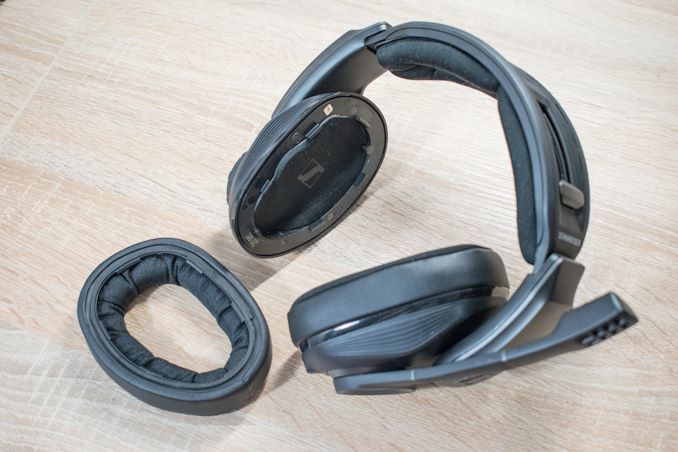
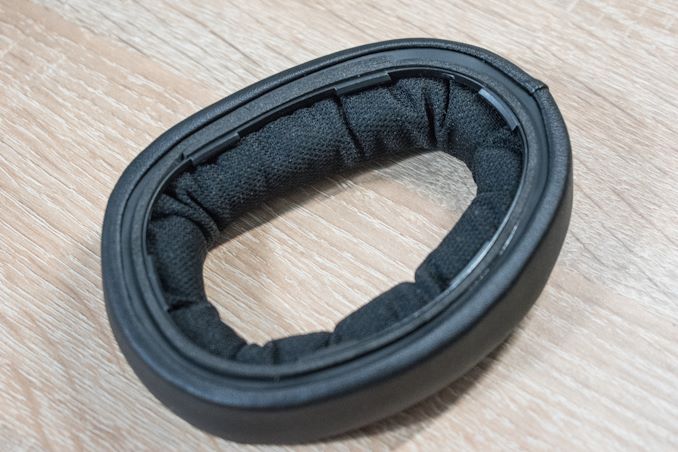
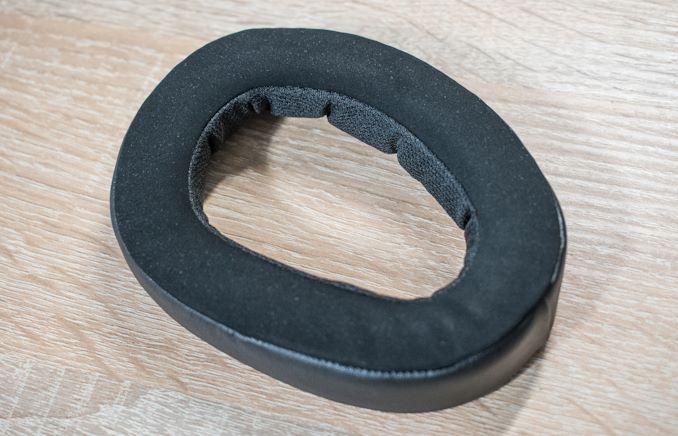
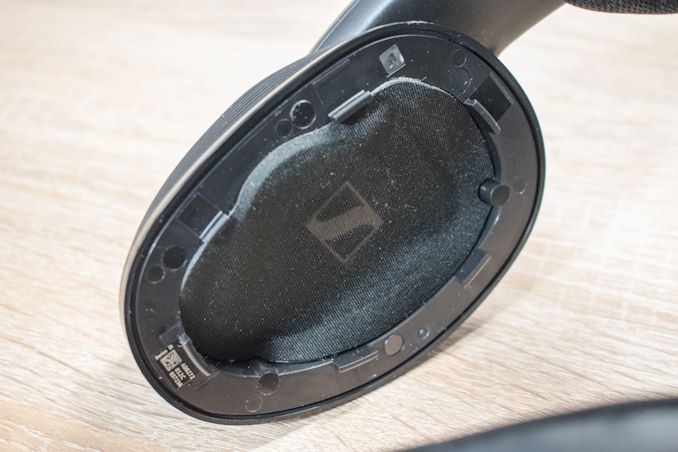

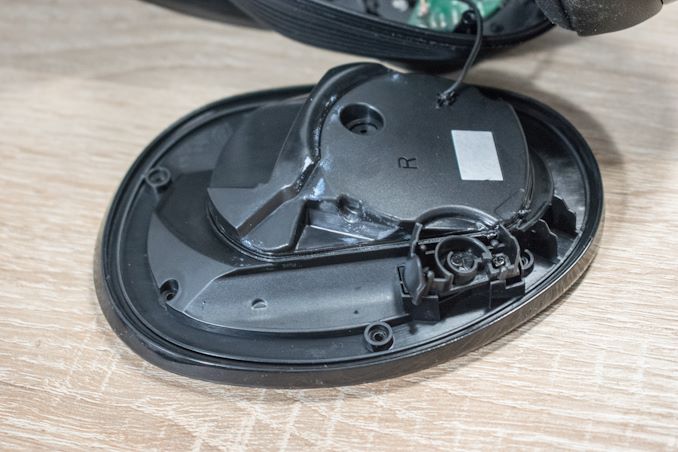

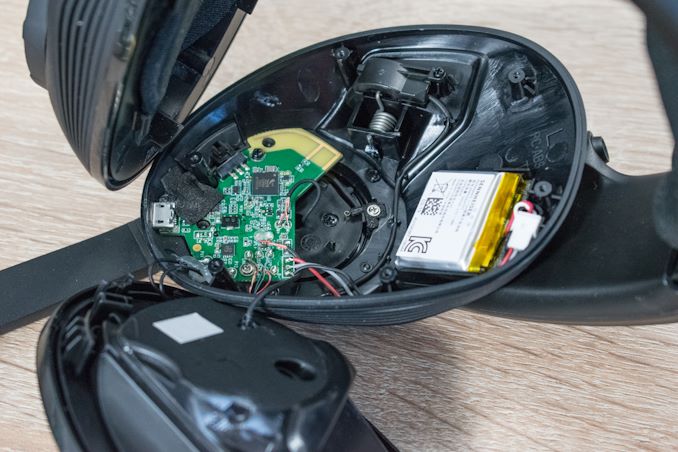
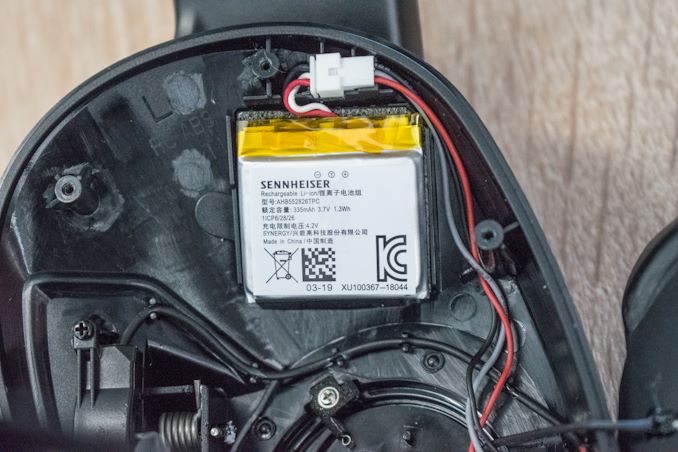
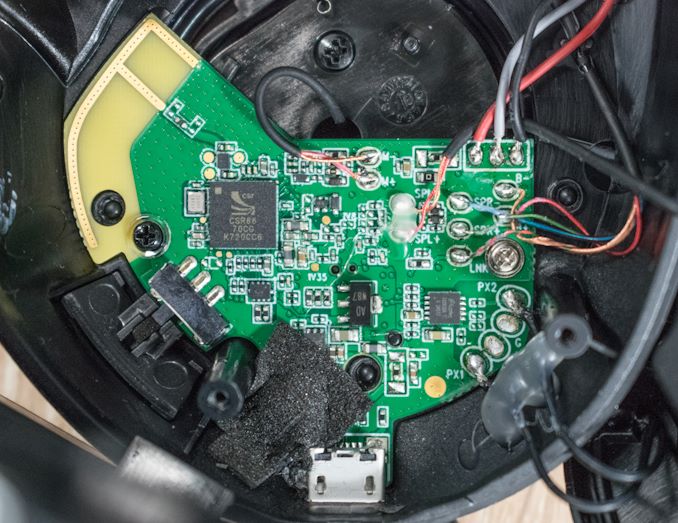
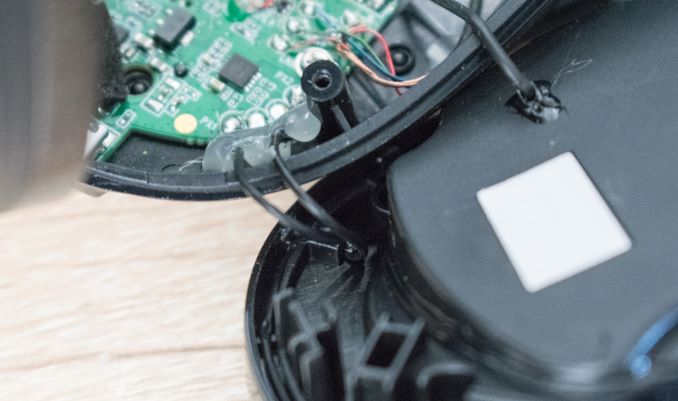
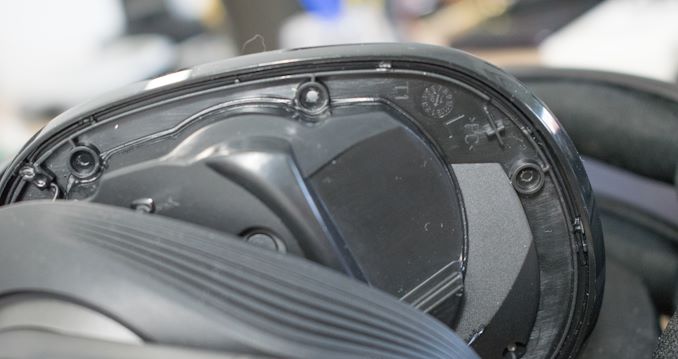








29 Comments
View All Comments
ZolaIII - Friday, July 5, 2019 - link
I am glad you came on board. Unfortunately neither this headphones nor especially awful AMP/DAC or bad BT RF WiFi modules deserve any attention & can not be recommended. While premium quality materials do deserve high grade that's about it when it comes to those headphones. Drivers aren't anything special & better ones can be found on much cheaper alternatives. The pads look good and quality built while still offering comfort & preventin sweating to much but then again their property clipping mechanism is a big minus. Amp DAC is a rather laughable as even cheaper Chinese DAP's come with better ones. The sound judging by your impressions is also nothing special including separation & the sound stage. While bas look like relatively easy to iron the difference between channels is a spoiler, mids are tad pushed back which is also a spoiler but it can be easily equlised the highs are bad & hard to equlise. In practice this means being tied to the per channel full band EQ (30 bands parametric) which is hastle. All in all pretty much disappointing from such a famous brand. Keep up the good work, finding good headphones especially in value for money category is a very hard thing.Andrei Frumusanu - Friday, July 5, 2019 - link
Right, I forgot to share the EQ targets:https://www.dropbox.com/sh/9adunymvqjbqwqs/AACeWpI...
Here are the impulse responses to be used for convolution, preferably via Equalizer APO.
The C1 target keeps a bit more of the warmth and bass of the default of the headphones while the D1 is a more flat target with wider soundstage.
ZolaIII - Friday, July 5, 2019 - link
Thanks for sharing.igavus - Friday, July 5, 2019 - link
This is an outstanding review. I really like how you followed up on the problems you found. I'm sure this will be of much interest to the team @ Sennheiser who developed & released this. I mean, they're probably not surprised, but I'm sure they didn't expect anyone to actually investigate the reasons for the poor performance. As usually audio review are just hand waving without much insight into what's wrong or concrete directions on how to improve.I just wish that they had engaged You or someone like you before releasing this dud to the public. Would have saved a lot of money and effort. As it stands, this headphone apart from the materials quality has nothing going for it. And the material quality is utterly wasted in this case.
Excellent journalism, wish there was a "give this man a beer" button somewhere, you definitely deserve it ;]
mooninite - Friday, July 5, 2019 - link
You have to be very careful about the Sennheiser products you look at. Some of them are very high quality stuff, while most of it seems to be generically engineered to be mass-produced with their label stuck on as a profit booster. Most of their low-level consumer fruit is nothing special yet it still costs hundreds of dollars while their professional grade products are sometimes a little cheaper.Oliseo - Friday, July 5, 2019 - link
Personally I find open backed headphones far superior for game playing. It actually provides an advantage in shooters as you can easily pinpoit directional sounds much more than a closed back set.Of course, this has the disadvantage of disturbing those around you.
But, if you don't have that problem, then always go with open backed headphones, especially for gaming, as they simply deliver a far superior sound stage.
BenSkywalker - Friday, July 5, 2019 - link
It's not just for gaming, closed headphones are just inferior in every way outside of isolating noise. Wireless are also flat out inferior, put them together and anything better than got garbage is actually noteworthy.Byte - Friday, July 5, 2019 - link
You just need to broaden your horizons. I recently was in Japan had had a chance to listen to a bunch of headphones from $200-$4000 and it was amazing. There is no inherently "better" technology. Just which fits your tastes. In that regard, wireless is just trash, and so are "gaming" headphones.Sivar - Monday, July 15, 2019 - link
Wireless is not necessarily trash. Sennheiser developed lossless wireless tech for their wireless HD650, though I doubt it is used in these gaming headphones.Lossy wireless isn't even necessarily bad. No human can reliably tell the difference between a properly encoded lossy audio file (AAC, Vorbis, etc.). True, headphones do not directly transmit such file formats, but in principle excellent fidelity is possible.
Bluetooth in general is not great for audio quality, but with aptX it has at least the potential for good listening, though I have not heard any supporting devices myself.
Andrei Frumusanu - Friday, July 5, 2019 - link
There's really nothing preventing closed headphones of having good imaging and wide sound stage.